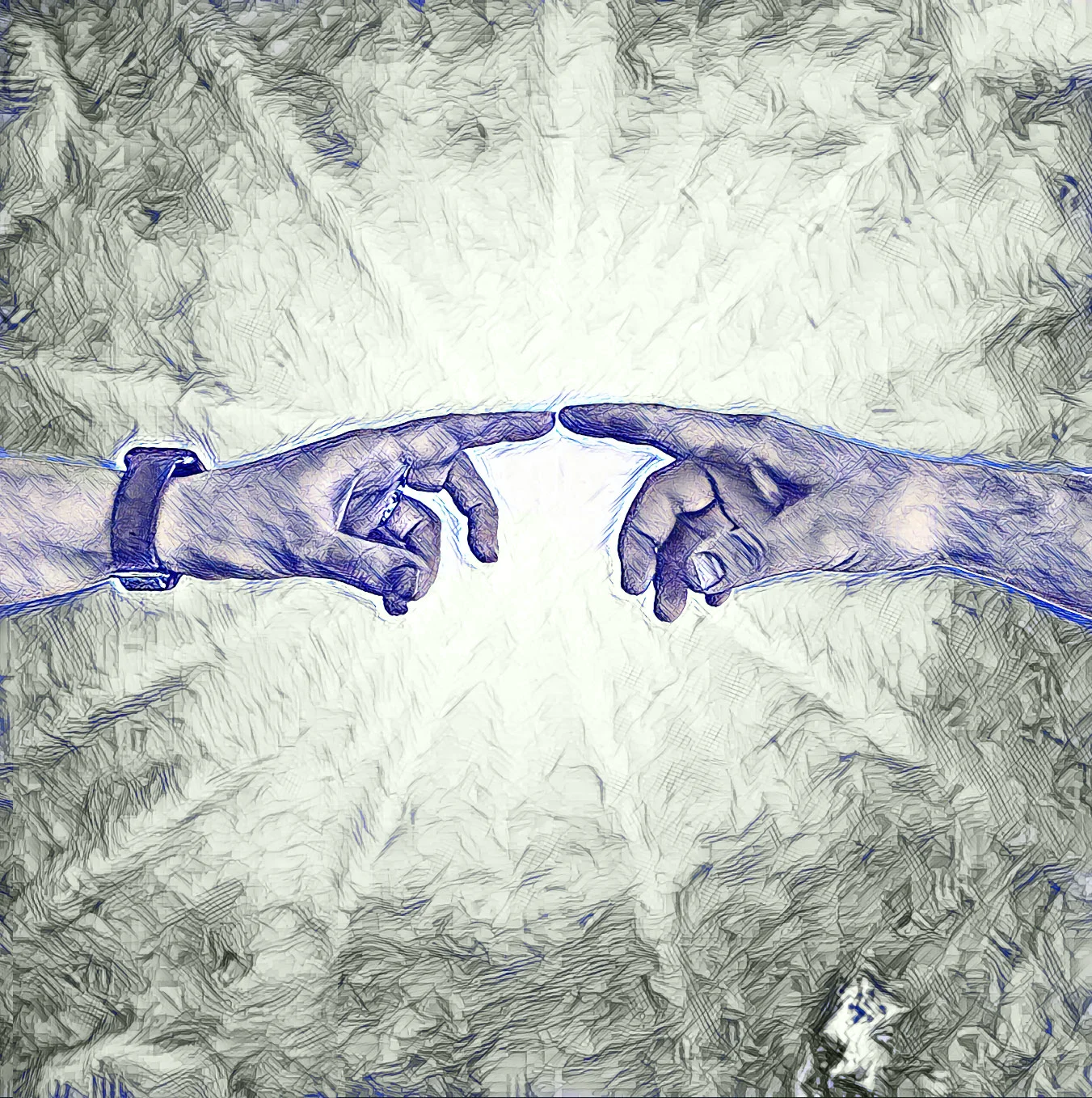A leap in the dark
A leap in the dark
A leap in the dark
A leap in the dark
1. Oktober 2024
Feedback: 0
Maybe you’ve already noticed that quite a bit has changed on our website. We’ve invested a lot of time and effort to write new articles and spruce up the site a bit. But let’s be honest: Where does a freshly emigrated person actually find so much time? Along with all the bureaucracy, there’s also the garden that needs some beautification, and the house that needs a little love. So a bit of fun is definitely part of life too! In this article, I’ll share our – or rather my – little secret.
A Look Back at Croatia
For those of you who have been following our blog for a while, you might remember THIS article where I had to test the Croatian healthcare system as a private patient, completely unintentionally. After spending over three hours at the hospital in Pula, the diagnosis was: twisted foot, nothing broken, two weeks of rest. Well, those two weeks turned into more like five before I was back on my feet again. But hey, I survived!
An Unfortunate Incident
And now, not even a year later, I get to take a closer look at the Spanish healthcare system. Perhaps a bit too closely for my liking, but sometimes you don’t have a choice. It’s the same foot as in Croatia, but this time it’s actually broken. And what was the culprit? An elephant foot – and no, I’m not talking about the animal!
What Is an Elephant Foot?
For those who don’t know: an elephant foot is a kick stool that can be found in many households in germany. The mechanism is quite simple: it usually has three spring wheels so you can easily slide it back and forth. When you step on it, it lowers and stays firmly on the ground. At least that’s how it’s supposed to work in theory.
Everything was practical – until the moment I shifted my weight too quickly while getting off. The elephant foot lifted and slipped away, even though my right leg hadn’t touched the ground yet. And just like that – I twisted my right foot. That was all it took.
The pain was intense and lasted for about two hours before I could finally think clearly again. When I fell, I heard a loud pop inside, just like I did in Croatia. So, I initially thought it was just a sprain – nothing too serious.
Off to the Clinic
The question of “where to go” came up quickly: during our shopping trips, we had discovered a “Clinica” – basically a medical center where various specialties are under one roof. Quite convenient. Whether our health insurance was accepted there was thankfully clarified with a glance at the façade, where all accepted health insurances were listed on a poster.
So, I crawled into the car, and Steffi drove me straight to the “Clinica.” Everything went surprisingly smoothly there: my information was taken, there was a short wait, and after ten minutes, I was called in. The doctor was friendly and said it didn’t look like a break, but just to be safe, we should get an X-ray. I felt a weight lift off my shoulders – until the X-ray showed me the opposite: a clear fracture in the midfoot. The doctor seemed surprised too. Undoubtedly broken.
Next Steps: Getting a Cast and Learning Injections
Shortly thereafter, I was taken to another treatment room, and just a few minutes later, a nurse came around the corner. She put a cast on me and told me not to put my foot on the ground for at least two hours so that the cast could harden properly. The doctor then came in again and handed me a prescription for painkillers and thrombosis injections, with the note that I should come back the next morning to learn how to administer the injections myself. Um, excuse me? I have to stick a needle in my stomach?
What I didn’t know at that point was that the doctor was not an orthopedic specialist, but a general practitioner. He explained that he would make an appointment for me with a “Traumatólogo.” My confusion must have shown, so he clarified: a “Traumatólogo” is a specialist in orthopedic surgery and trauma surgery – exactly the right person for me and my broken foot.
Traumatólogo
It was clear what needed to be done next: off to the pharmacy (Farmacia) to pick up the injections, painkillers, and crutches. And let me tell you: hopping around on one leg is anything but fun! You manage somehow, but after a few minutes, you quickly realize how exhausting it is.
The appointment with the traumatologist was very relaxed. He reviewed my X-rays and was a bit astonished that I had no pain at all. He then discussed the next steps with me. By the next appointment, I was supposed to get a so-called “postoperative shoe” and continue diligently with my daily thrombosis injections. The injections and the cast were the worst part in 39 °C weather, especially since I couldn’t properly wash my foot.
The second appointment went similarly, but this time, the cast was finally removed, and another X-ray was taken. After the X-ray looked “very good” – according to the doctor – I should slowly begin mobilizing. For that, I needed the “postoperative shoe.” The instructions were to walk a few minutes daily with the crutches and the shoe. The shoe isn’t particularly stylish, but it helps a lot to at least get some movement back into my life.
In a few days, I have my third and hopefully last appointment with my trusted traumatologist. I can already say that I feel very well taken care of there. I’ve been particularly impressed by the advanced appointment scheduling at the clinic. You can make an appointment through the Clinica app and check in directly at the terminal on-site. This way, you skip the registration desk and can take a seat in the waiting room to wait for your call.
A Look Behind the Scenes
Now my secret is out. In the last 44 days, we’ve had more than enough time to turn our collected research material into a few articles. I hope there was something interesting for you in there. With that said, stay healthy!
We hope these tips help you master your expat life even better! Do you have your own experiences or further recommendations on the topic of moving abroad? Feel free to leave us a comment! Share this post with others who could benefit from these tips, and stay tuned for more inspiration from life as an expat.
Your Steffi & Marius
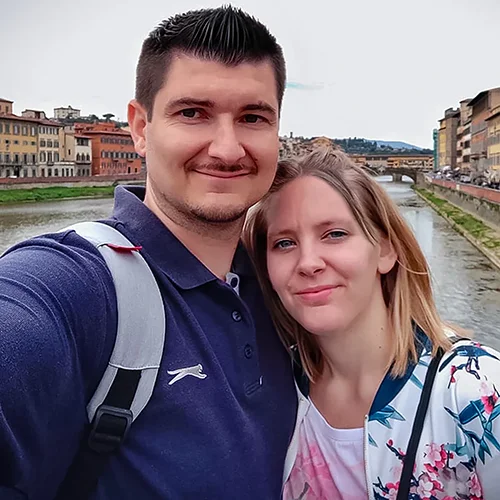
Wir sind zwei deutsche Auswanderer und auf emigres-life nehmen wir Dich mit auf unsere Reise in ein neues Leben.
In unserem Projekt schwingt das Pendel meist in Richtung stressig oder chaotisch und weniger in Richtung tiefenentspannt.
Wenn du also wissen willst, in welches Fettnäpfchen wir als nächstes treten oder welche Hürden vor uns liegen und wie wir sie überwinden, dann bleib dran.
Nächster Blogpost
Vorhergehender Blogpost
Istria: The most beautiful towns and insider tips that you can’t miss

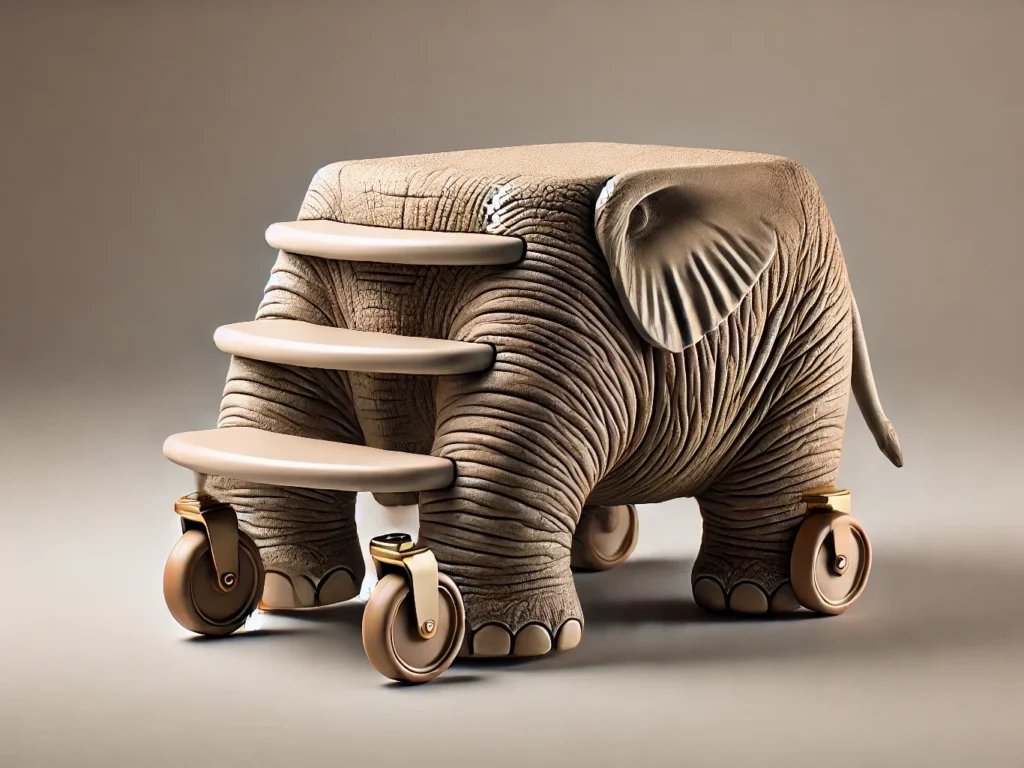
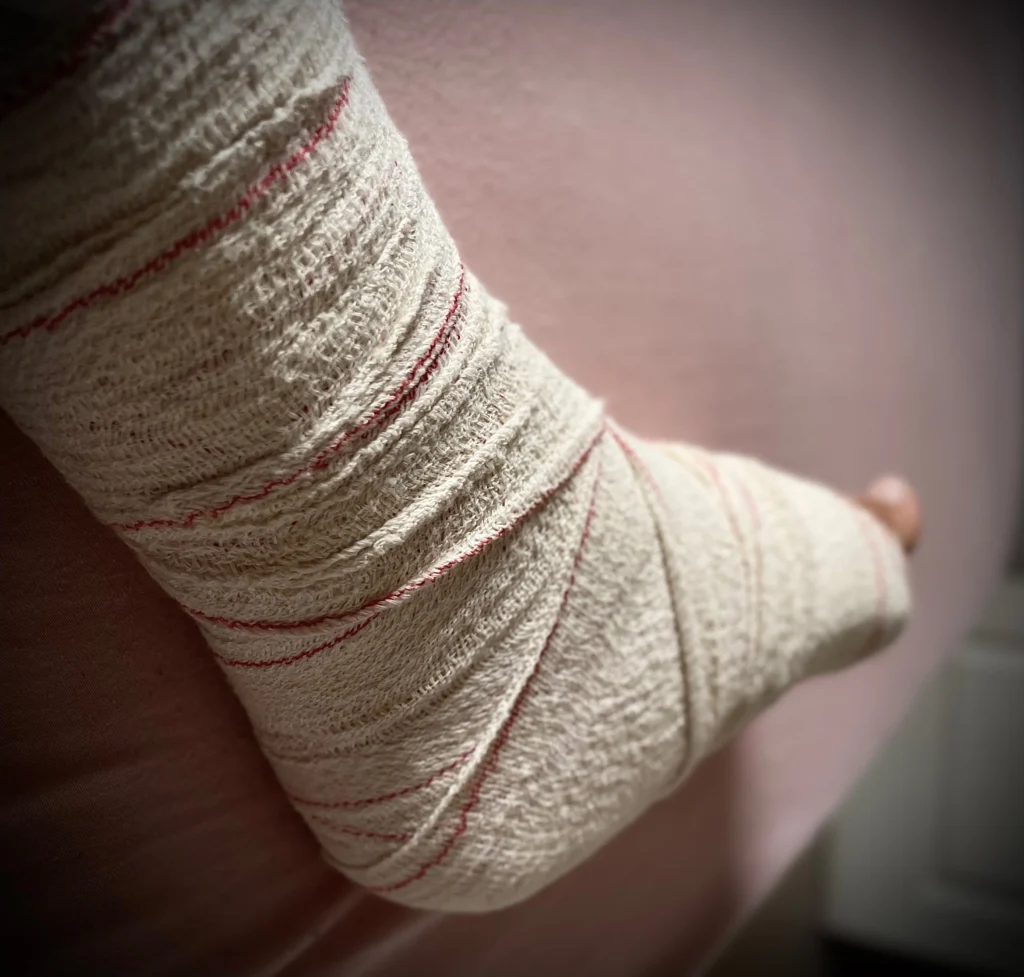
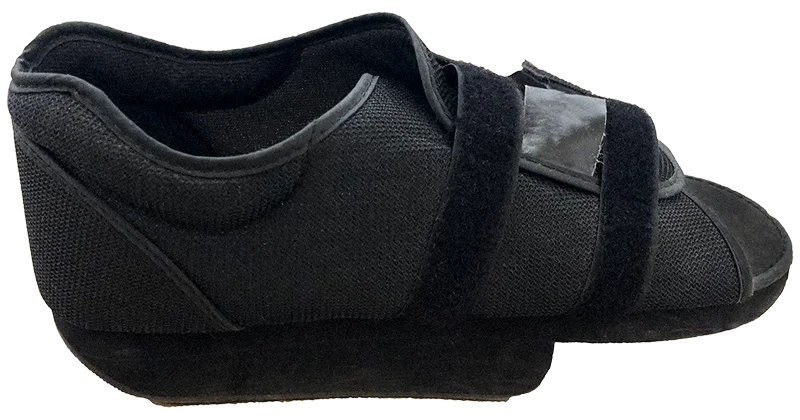
 Pin it!
Pin it!
